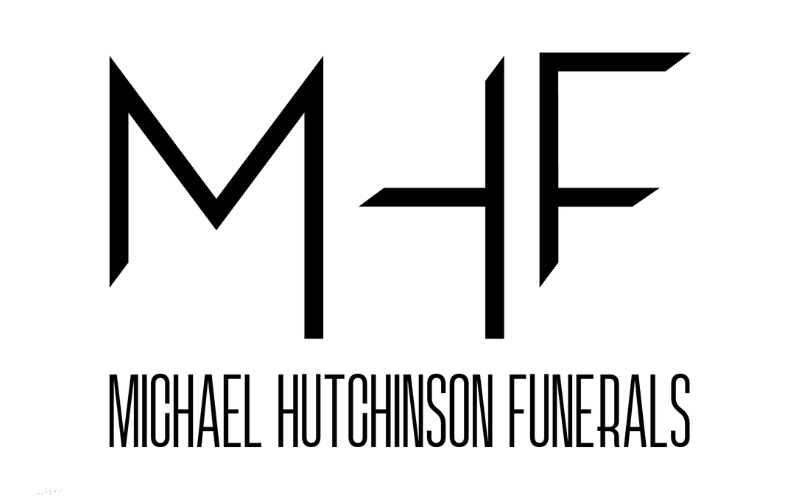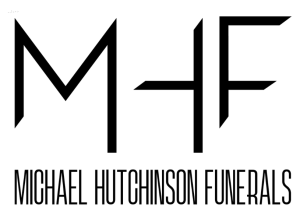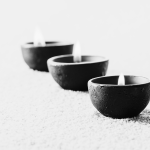Understanding Direct Cremation in Brisbane: A Practical Guide
When it comes to planning end-of-life services, direct cremation has become an increasingly popular choice for many families. This option offers a straightforward, cost-effective, and respectful way to handle the remains of a loved one without the complexities of traditional funerals. At MH Funerals, we aim to provide clear and comprehensive information to help you understand the process and benefits of direct cremation in Brisbane.
What is Direct Cremation?
Direct cremation involves the cremation of the deceased without a preceding funeral service. The process is straightforward: the body is collected from the place of death, cremated soon after, and the ashes are returned to the family. This option bypasses the need for embalming, viewing, and formal ceremonies, making it a simple and economical choice.
Benefits of Direct Cremation
Cost-Effective: One of the most significant advantages of direct cremation is its affordability. Without the need for embalming, a casket, or a formal funeral service, the costs are significantly reduced. This can be particularly beneficial for families working within a budget.
Flexibility: Direct cremation offers families the flexibility to plan a memorial service at a later date. This allows more time for gathering family and friends, arranging travel, and creating a personalised ceremony that celebrates the life of the deceased.
Simplicity: The process of direct cremation is straightforward, reducing the stress and logistical challenges often associated with traditional funerals. Families can focus on grieving and supporting one another without the added pressure of organising a complex event.
Environmentally Friendly: Direct cremation is often considered a greener option compared to traditional burials, as it does not involve embalming chemicals or a large burial plot. This can be an important consideration for environmentally conscious families.
The Process of Direct Cremation
Collection: The first step in the direct cremation process is the collection of the body from the place of death, whether it be a hospital, nursing home, or private residence.
Cremation: Once the necessary legal documentation is completed, the body is cremated in a simple container. The cremation process itself takes a few hours.
Return of Ashes: After the cremation, the ashes are carefully placed in an urn and returned to the family. At this point, the family can decide how they would like to memorialize their loved one.
Personalising a Memorial After Direct Cremation
Although direct cremation skips the traditional funeral service, it does not mean that a meaningful memorial cannot be held. Many families choose to hold a memorial service or celebration of life at a later date, allowing for more personalised and creative tributes.
Memorial Services: Plan a memorial service at a location that held special significance to the deceased, such as a park, beach, or family home. This can include readings, music, and the sharing of memories.
Scatterings: Many families choose to scatter the ashes in a place that was meaningful to their loved one. Whether it’s in a garden, at sea, or another cherished location, this can be a poignant and personal tribute.
Keepsake Urns and Jewellery: Some families opt to keep a portion of the ashes in keepsake urns or incorporate them into memorial jewellery. This allows family members to keep a tangible reminder of their loved one close by.
Conclusion
Direct cremation is a practical and respectful option that provides families with flexibility, simplicity, and affordability. At MH Funerals, we are dedicated to offering compassionate and professional direct cremation services in Brisbane, ensuring that your loved one is cared for with the utmost respect.
For more information about direct cremation Brisbane, please visit MH Funerals Packages









